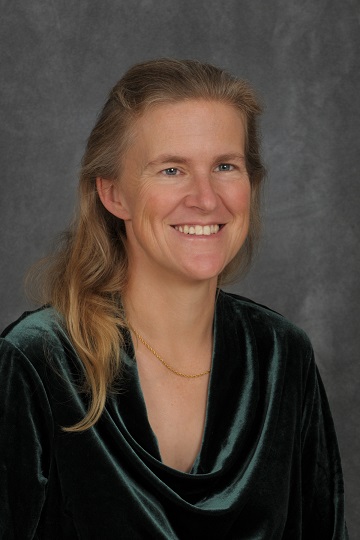Elisabeth Hildebrand
Associate Professor
Ph.D., Washington University in St. Louis, 2003
Email: elisabeth.hildebrand@stonybrook.edu
Teaching
Courses taught at Stony Brook include Ethnobotany & Paleoethnobotany, African Peoples & Cultures, Ethnoarchaeology, Climate & Culture, and Ancient African Civilizations. Elisabeth Hildebrand has contributed to the curriculum development for the Turkana Basin field school/study abroad program in NW Kenya, and occasionally teaches modules there.
Research Interests
Elisabeth Hildebrand′s research examines how prehistoric hunter-gatherers adopted farming and herding, and the ways in which this economic reorientation fostered changes in social organization. She gives special emphasis to the causes and processes of plant domestication, and the spread of pastoral livelihoods. Africa is an intriguing place to situate such studies for two reasons. First, the presence of herding before farming in many parts of Africa contrasts with other regions of the globe. Second, because African crops and environments differ from those in other, well-studied regions (e.g., Southwest Asia and Mexico), African motives and means for plant domestication may have been unusual in a global context.
To pursue these issues, Hildebrand has conducted several different projects using diverse data sources. Her PhD fieldwork used ethnobotanical and ethnoarchaeological methods to develop models of domestication for southwest Ethiopian crops. Her postdoctoral fieldwork tested these models via survey and excavation of rockshelters in Kafa, southwest Ethiopia, and excavations at Moche Borago rockshelter in south Ethiopia.
In addition to these Ethiopian projects, Hildebrand has studied early plant food production at two sites on Sai Island in northern Sudan: habitation site 8B10A, and a large subterranean granary complex at 8B52A. Since 2007, she has conducted fieldwork on the Holocene archaeology of West Turkana, Kenya. As the director of the Later Prehistory of West Turkana project (LPWT), she has led excavations at four megalithic pillar sites near Lothagam and Kalokol. This work has shown that pillar sites were built just as livestock spread into the area, by mobile hunter-gatherers and/or herders who used pillar sites for mortuary purposes.
